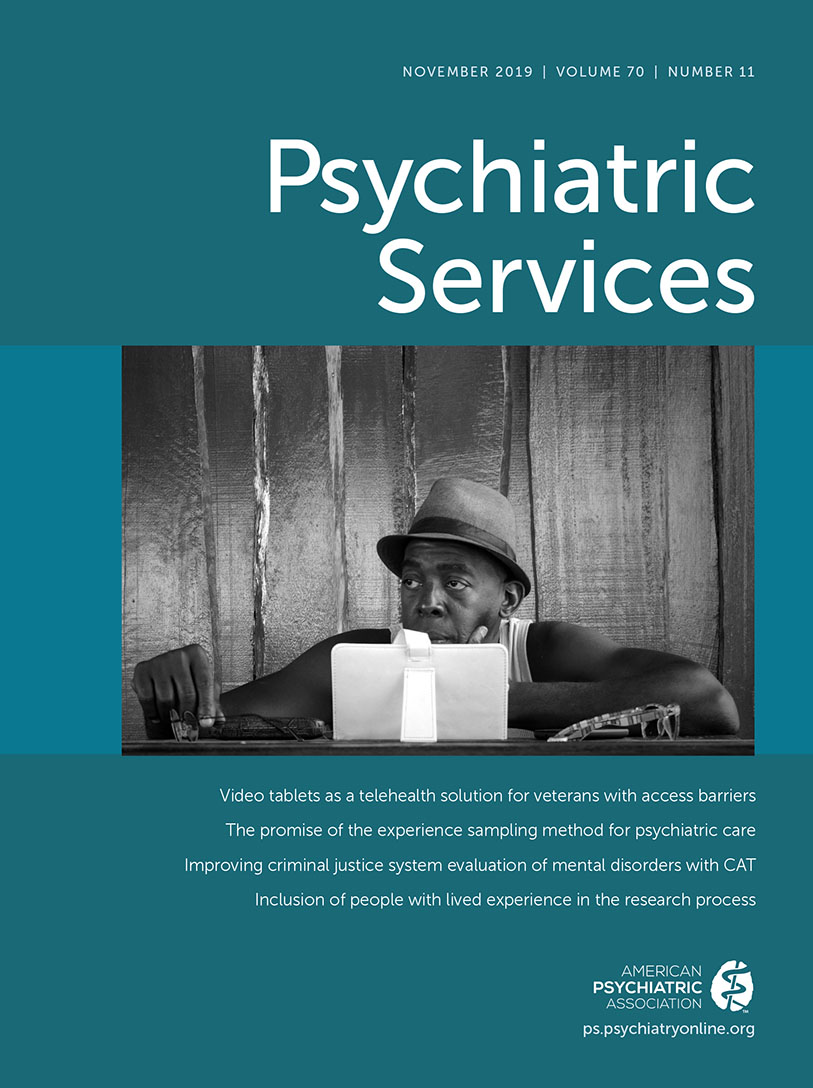Effect of a Psychiatric Emergency Department Expansion on Acute Mental Health and Addiction Service Use Trends in a Large Urban Center
Abstract
Objective:
This study examined recent growth in demand for acute mental health and addiction (MHA) care in a large urban center and changes in patient flow following the expansion of a psychiatric emergency department (ED).
Methods:
A retrospective observational design used administrative data in adjusted negative binomial regression models to identify time trends at seven hospitals over a 6-year period in central Toronto. Two-part linear spline models compared trends before and after a psychiatric ED expansion.
Results:
Per capita MHA-related ED visits grew rapidly across the acute care system over the study period, although admissions per MHA ED visit decreased. Expanding a psychiatric ED did not influence overall system-level growth, but it significantly shifted traffic; the annual MHA ED visit growth rate increased at the expanded ED while decreasing at surrounding hospitals.
Conclusions:
Given increasing demand systemwide, individual hospital ED expansions may be inappropriate; planning should consider the whole system.



